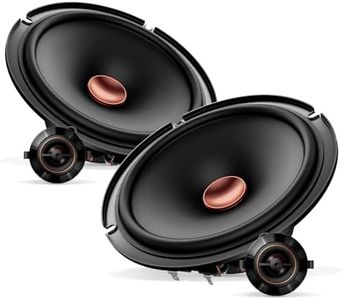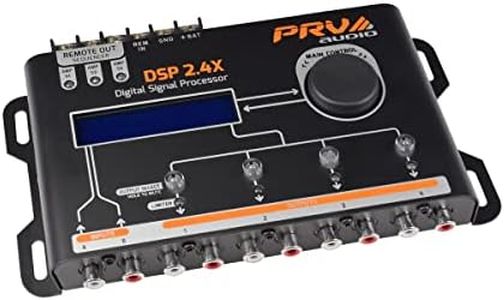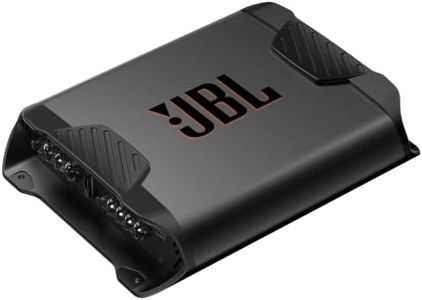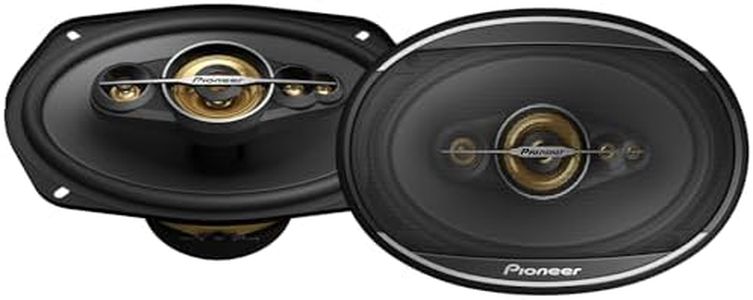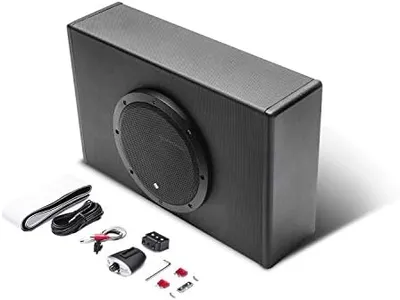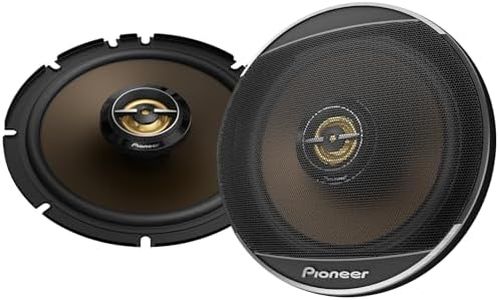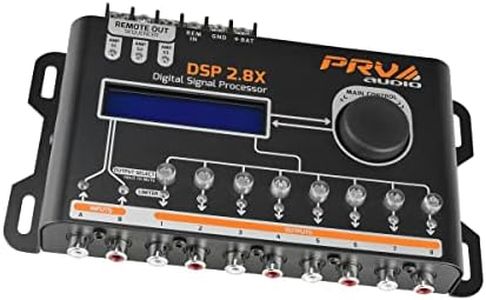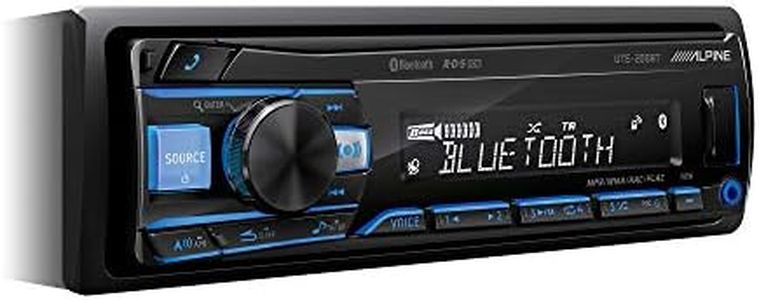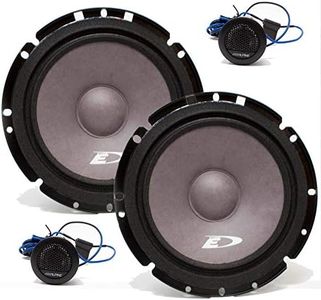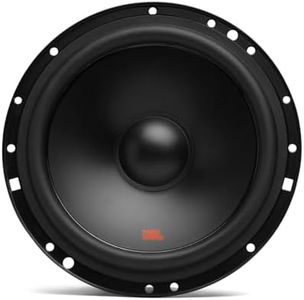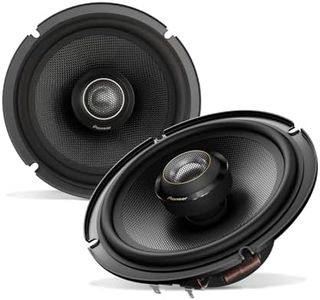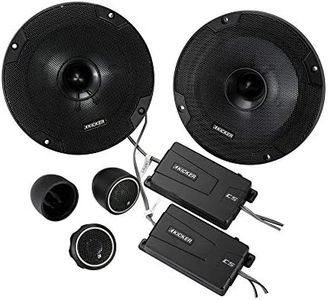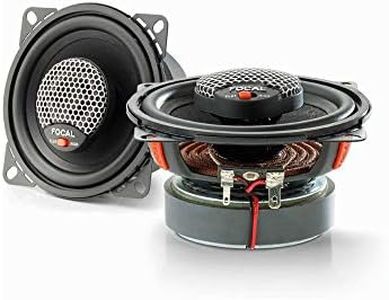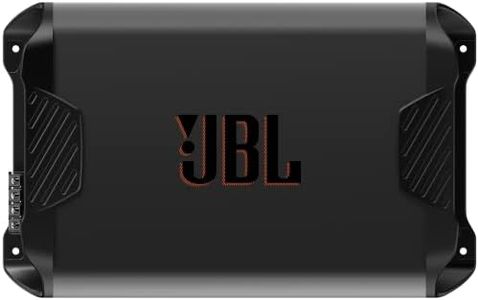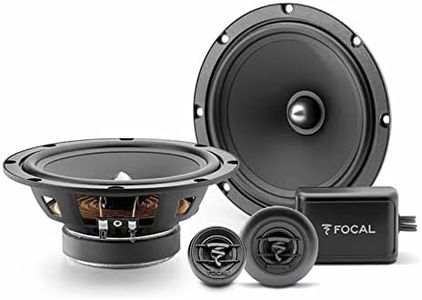We Use CookiesWe use cookies to enhance the security, performance,
functionality and for analytical and promotional activities. By continuing to browse this site you
are agreeing to our privacy policy
10 Best Crossover Car Audio
From leading brands and best sellers available on the web.Buying Guide for the Best Crossover Car Audio
Choosing the right crossover for your car audio system can greatly improve sound quality and system performance by ensuring that each speaker receives only the frequencies it can handle best. Crossovers split the audio signal into different frequency bands and direct them to the appropriate speakers, such as woofers for bass and tweeters for treble. Understanding the core specifications of crossovers will help you create a system tailored to your listening preferences and speaker setup.Type (Passive vs. Active)This refers to how the crossover functions within your audio system. Passive crossovers do not require a power source and are installed between the amplifier and speakers, using components like capacitors and inductors. They’re generally easier to install and work well for simple setups, but you can’t easily adjust their audio properties. Active crossovers require their own power source and are installed before the amplifier; they offer more flexibility, like variable crossover points and output levels. If you want more control or plan a complex, higher-powered system, an active crossover is often better. If your setup is straightforward, a passive crossover might be the right choice.
Crossover FrequencyThis specification determines at which frequency the crossover splits the signal between speakers (such as sending low frequencies to woofers and high frequencies to tweeters). Typical crossover frequencies for car audio are around 60-100Hz for subwoofers and around 2-4kHz for tweeters. Choosing the right crossover frequency depends on your speakers’ frequency handling range: set the crossover at a point where your speaker can play comfortably and efficiently to avoid distortion or damage. For most users, starting with manufacturer recommendations is a safe bet, then fine-tuning by listening to the sound quality.
Number of ChannelsThe number of channels refers to how many separate audio signals a crossover can manage. Two-way crossovers split the signal into highs and lows, suitable for systems with just tweeters and woofers. Three-way crossovers add a midrange split, which is ideal if your system includes midrange speakers as well. For a basic setup, a two-way crossover is usually sufficient, while a more advanced system with dedicated midrange drivers will benefit from a three-way crossover.
Slope (dB per Octave)Slope describes how quickly the crossover reduces unwanted frequencies past the crossover point. A steeper slope (like 24 dB per octave) cuts frequencies more sharply than a gentle slope (like 6 dB per octave), giving you tighter control over which frequencies reach each speaker. Steeper slopes are useful if you want to prevent overlap between speakers or protect smaller drivers, but sometimes a gentler slope sounds more natural. The right slope depends on your system balance: if you're worried about distortion or speaker damage, choose a steeper slope, but for smooth sound blending, a gentler slope can be preferred.
Input/Output OptionsThis refers to the types and number of connections the crossover supports. Some crossovers accept high-level (speaker wire) or low-level (RCA) inputs, supporting different types of systems. The output options dictate how many and what kind of speakers you can connect. When choosing, consider the amplifiers and speakers you plan to use: make sure your crossover's inputs and outputs are compatible with your current or future equipment, so you don’t face connection issues during installation.
